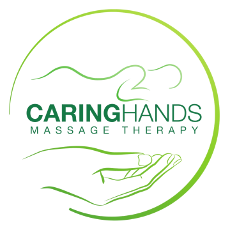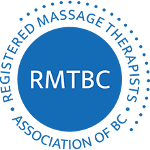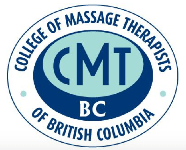Sports Recovery Massage
Athletic training and competition can often lead to abnormal or increased muscle tension. This tension is experienced as taut “ropey” bands and overall muscle tightness. Following an injury (including microtrauma), muscles can be damaged. Disorganized fibers of collagen can form scar tissue, and adhesions can develop, where muscle, fascia and other tissues stick together. This may reduce flexibility, limit performance and increase the risk of injury. Sports recovery massage is applied as soon as possible, following the training or event.
The main goal of sports recovery massage is to decrease the time it takes an athlete to recover. But there are other goals of treatment, such as:
- Improve lymphatic/blood circulation, flush out waste and increase oxygen and nutrients to the body, which leads to faster recovery and a quicker return to training.
- Decrease fatigue.
- Inhibit sympathetic nervous system (“fight or flight” response) and stimulate parasympathetic system (“rest and digest” response) leading to more positive, calm, and relaxed mental states, as well as better sleep.
- Reduce muscle spasms and enhance muscle tone.
- Calm the nervous system and increase the efficiency of control systems and motor patterning.
- Break down adhesions and the “gluing” together of tissues, increase efficiency of muscle action and muscle elasticity.
- Release trigger points which compromise efficient muscle action and predispose the athlete to injury.
- Stretch fascia and muscles to reduce muscle tension, increase joint range of movement, and reduce the stress on muscle and tendon junctions.
- Reduce the risk of future injury.
- Realign of collagen fibers after injury, which leads to stronger, more flexible scar tissue.
- Help to identify potential trouble spots before they develop symptoms. A skilled RMT can help to uncover soft tissue under stress that the athlete was unaware of. This can be an early warning of functional or structural problems in the athlete.
The techniques that are used are highly dependent on how soon after the event treatment occurs. A gentler approach will be used in treatments 30 minutes to 24 hours following an event. In these cases, the therapist will use Swedish massage techniques work to gently stretch affected muscles and encourage blood flow to the tissues. Ice may also be applied to affected areas at this stage if inflammation, swelling, and pain are present. When therapy occurs 24-72 hours after an event, the therapist will usually use deep tissue massage techniques, as long as no injuries have been sustained. These techniques will ensure those deep knots are released, increasing flexibility.


